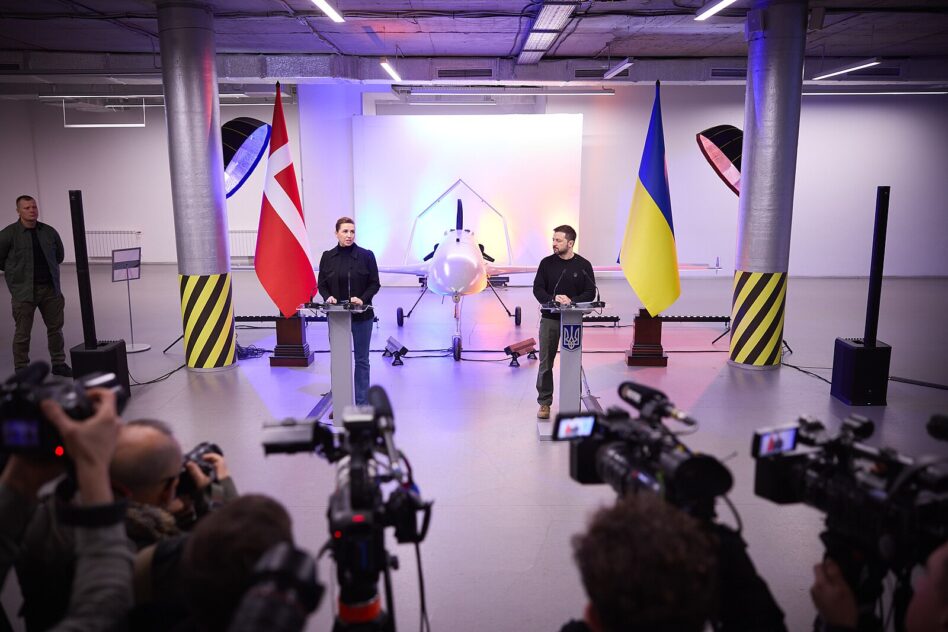We knew that Ukraine had poured a ton of money and resources into domestic drone development since Russia’s invasion in February 2022, but until last week we didn’t know just how much.
Well, now we do—and it’s major. According to data released by the Ukrainian Ministry of Defense last week, the country spent over $2.5B on domestically-produced unmanned aircraft over the last 16 months. That’s nearly 1.5% of the country’s 2023 GDP.
Eye in the sky: Drones have been central to the war in Ukraine since the very start (remember that video of the TB2 hitting a Russian column?), and the conflict has been a proving ground for many unmanned systems—both foreign and domestic.
Companies including Anduril, Shield AI, and Helsing have sent drones to the country.
- Shield AI announced last week that its V-BAT drone has completed more than 130 sorties in Ukraine.
- Anduril has successfully tested its Ghost-X mini-drone in Ukraine, and earlier this year signed a £30M ($39.8M) contract with the UK’s MoD to supply Altius 600m and Altius 700m drones to the country.
- Helsing announced in February that it would build 6000 strike drones for Ukraine, but it seems to be having a spot of trouble.
As the war has gone on, Ukraine has increasingly come to rely on unmanned systems it produces itself. They’re cheaper to make, less painful to lose, and can be modified to battlefield needs.
“By and large, Western drone systems tend to be overpriced relative to the qualitative advantage that they bring, and many Ukrainian systems…are just as capable, if not more capable,” Mike Kofman, a senior fellow in the Russia and Eurasia Program at the Carnegie Endowment for International Peace, told Tectonic back in February.
Drones by the dozen: Ukraine’s MoD says that the money went to 76 different domestic UAS producers who build a whole range of unmanned weapons, including:
- Small FPV drones (these comprise the vast majority of domestic production—nearly 50% of the producers the MoD contracted made FPV drones)
- Unmanned, munition-carrying “bomber helicopters”
- Reconnaissance aircraft that provide deep aerial targeting and fire control for other weapons systems, like HIMARS
- Deep strike UAVs (we’re talking drones that can carry out strikes at ranges of over 250 miles)
- Reusable, larger drones that can carry warheads
- Short-range kamikaze aircraft
Risky business: Here’s the problem: ultra-cheap, ultra-attritable drones often include Chinese parts. (To be fair, so do many American drones).
That makes Ukrainian weapons potentially vulnerable to interference or supply chain breakdown. But, Kofman told Tectonic, it also means that Ukraine can build the kind of weapons it needs, when it needs them, even as Western support wavers. And plus, some makers have figured out how to go “all-Ukrainian.”

